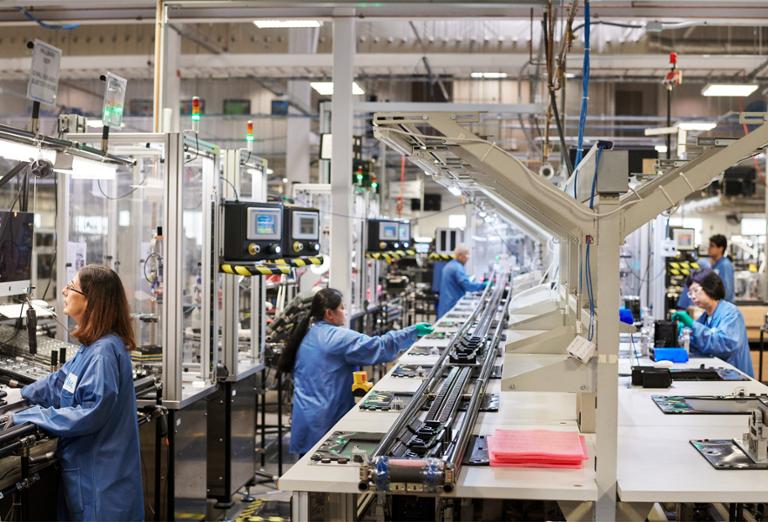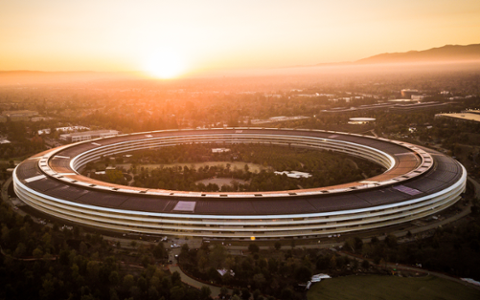Apple plans to manufacture its new Mac Pro at a factory in Austin, Texas. That represents a shift from the summer, when news reports suggested that the company would manufacture the computers in China.
Apple shifted production back to the U.S. after it received tariff exemptions on 10 items imported from China, which is locked in a fierce trade war (including sizable tariff hikes) with the Trump administration. “We thank the administration for their support enabling this opportunity,” Tim Cook, Apple’s chief executive, wrote in a statement accompanying the announcement.
Apple claims that it will invest $350 billion in the U.S. economy over the next four years, and that it spent $60 billion with 9,000 domestic suppliers in 2018. Apple also insists that, in addition to 90,000 “direct” employees, its spending supports 2.4 million jobs in all 50 states.
Over the past few years, Apple has aggressively touted its job creation in the United States, even as it continues to manufacture its keystone devices—most notably the iPhone—overseas. In 2017, Cook pledged $1 billion to fund “advanced manufacturing” in the U.S., kicking off with a sizable investment in an outside company he refused to name.
President Trump has spent the past two years advocating that Apple open more factories in the United States. That’s a potential issue for Apple, which enjoys the high margins on its products that come with keeping manufacturing costs low; in addition, Cook has said that Chinese manufacturers can provide the necessary “vocational expertise” for massive production.
Apple prices may increase because of the massive Tariffs we may be imposing on China - but there is an easy solution where there would be ZERO tax, and indeed a tax incentive. Make your products in the United States instead of China. Start building new plants now. Exciting! #MAGA
— Donald J. Trump (@realDonaldTrump) September 8, 2018
Meanwhile, the overall U.S. manufacturing sector shrank last month, adding just 3,000 jobs. “We haven't had a manufacturing-led recession for 50 years,” Jared Bernstein, an economist with the Center on Budget and Policy Priorities, told NPR. “[It] doesn't mean we couldn't. But we're now talking about a sector that's 8 percent of employment and 11 percent of output. Those numbers used to be three times that.”
It remains to be seen whether Trump continues to try to pressure Apple to ramp up more domestic production. However, the chances of Apple bringing the bulk of its manufacturing from overseas seems virtually nil.



